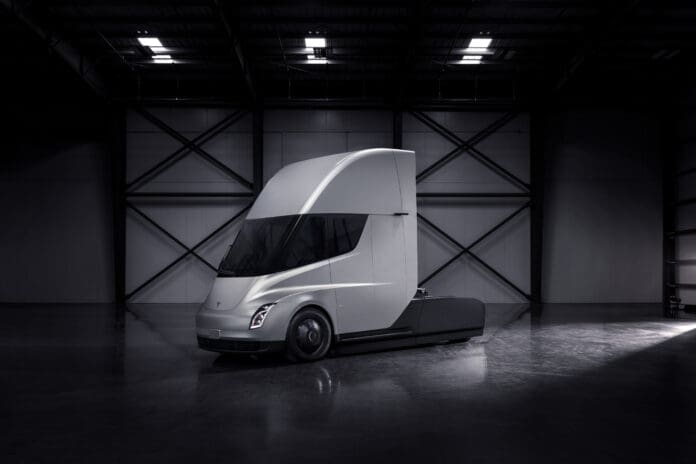
Tesla announced that its 500-mile (805-km) Tesla Semi Truck (Tesla Semi) will ship later this year, while the Cybertruck is expected to begin deliveries in mid-2023. Tesla’s increased production capacity out of its factories in Austin, Texas, and Berlin, Germany, should help it fill orders for the highly anticipated products.
Tesla prides itself on having an extremely efficient manufacturing process with low costs that can be replicated in factories around the world. Tesla believes that newer products like the Cybertruck will benefit even more from these improvements than past vehicles. On its Q2 2022 conference call, Musk said that Tesla will “bring another level of simplicity and manufacturing improvements with Cybertruck and future products that we’re not quite ready to talk about now but I think will be very exciting to unveil in the future.”

“Our team continues to focus on Cybertruck production readiness and some future platform design,” said Musk on the call. “We are expecting to be in production with the Cybertruck in the middle of next year. And we’re very, very excited about that product. I think it might actually be our best product ever.”
The Tesla Semi was first unveiled in 2017. However, the product had taken a back seat to Tesla’s Model 3 low-cost electric sedan. And for good reason. Given Tesla’s global success, not to mention its stock’s performance, it’s hard to believe that just five years ago, the company was losing money and struggling to consistently get products off the production line. Due to shareholder pressure, Tesla suspended a lot of its long-term research and development projects in favor of ramping Model 3 production and finetuning its manufacturing. The strategy worked, as Tesla can now use profits from Model 3 sales to fund Tesla Semi and Cybertruck production.
|
Acceleration 0 to 60 mph w/ 80,000 lb.
|
20 seconds
|
| Speed Up A 5% Grade
|
60 mph
|
| Range Offering
|
300 or 500 miles (483 or 805 km)
|
| Powertrain
|
4 Independent Motors On Rear Axles
|
| Energy Consumption
|
Less Than 2 kWh Per Mile
|
| Fuel Savings | US$200,000+
|
| Expected Base Price (300-mile Range)
|
US$150,000
|
| Expected Base Price (500-mile Range)
|
US$180,000
|
| Base Reservation
|
US$20,000
|
Date Source: Tesla
Tesla produced 258,580 Model S, Model X, Model 3, and Model Y vehicles in Q2 2022 and delivered a total of 254,695 vehicles compared to 305,407 produced units and 310,048 deliveries in Q1 2022 and 305,840 produced units and 308,600 deliveries in Q4 2021. The drop-off marked a steeper slowdown than Tesla is used to. The company cited weakness out of China, ongoing supply chain challenges, and factory shutdowns as reasons for the weak numbers. However, Tesla did say that June 2022 was the highest vehicle production month in company history.
Despite issues in China, Tesla still sports one of the highest operating margins of auto original equipment manufacturers at more than 15%. As of Q2 2022, its trailing 12-month (ttm) net income was US$9.52 billion. For context, its ttm net income as of Q2 2017 five years ago was a US$766 million loss. Love it or hate it, Tesla has proven in just five years that electric passenger cars can be profitable with excellent design, craftsmanship, branding, scale, and most importantly, some of the most advanced manufacturing in the world.
Decarbonizing the transportation sector is one of the most challenging but potentially impactful ways to fight climate change. According to the US Environmental Protection Agency (EPA), the US transportation sector accounts for around 27% of greenhouse gas emissions, with heavy-duty trucks making up more than 25% of transportation emissions.
Pickup truck emissions have fallen in recent years. However, pickups still make up more than 20% of new car sales in the United States. In this vein, the Tesla Semi and the Cybertruck can do wonders to decarbonize the transportation sector.
















